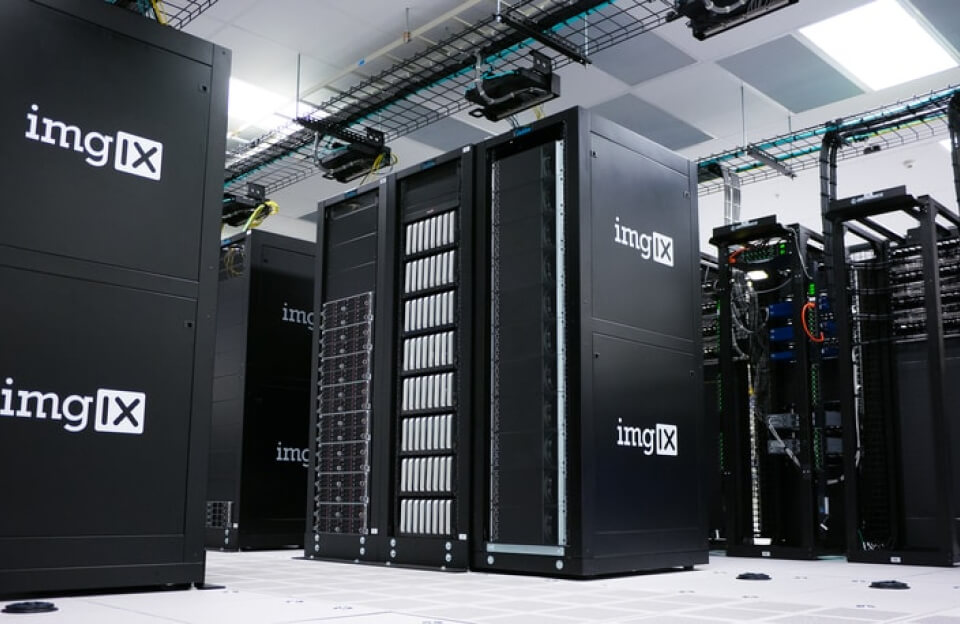
Shenyang continues to advance development of the J-35 stealth fighter version that will equip China’s Navy aircraft carriers
Alongside recent reports suggesting its limited entry into service, the development and production program of the People’s Liberation Army (PLA) of China’s new stealth fighter appears to be progressing rapidly, reaching new milestones. Unlike the J-20 fifth-generation fighter jet of the PLA Air Force, the new aircraft developed by Shenyang also aims to equip a specific variant designed to operate as part of the air wings aboard China’s aircraft carriers, while also positioning itself as a strong contender for the export market.

Officially unveiled during the Zhuhai Air Show held last December, the J-35 represents the Chinese aerospace industry’s latest effort to fill a previously unaddressed niche: equipping the PLA Navy’s future aircraft carriers with a stealth-capable, carrier-based aircraft. Furthermore, it must be compatible with the electromagnetic catapult and arrestor systems of the CATOBAR type, which are installed on the Type 003 carrier Fujian, as well as on its successors, whether conventionally or nuclear-powered.
Although AVIC and Shenyang officially presented the version intended for the PLA Air Force—designated J-35A—last year, there has been official confirmation since early 2024 of a naval variant under development, presumably carrier-capable, to equip the Chinese Navy.
Data-driven precision for ice creamPrecision matters when your product can melt in just a few minutes.Tetra PakLearn More
Webinar: Yoghurt goes ambientWant to capture ambient yoghurt’s rapid growth? Watch our webinar.Tetra PakWatch Now
La calculadora muestra el valor de su casa al instanteCalculadora de Valor de Casa | Anuncios de Búsqueda
To date, neither the company nor semi-official media have assigned an official designation to the naval version of the aircraft. Nevertheless, various test flights have already been documented, including prototype units—recognizable by their base primer coating—and aircraft that may belong to a limited production batch. However, no reports have yet emerged of trials conducted on carrier-like runways or facilities simulating flight deck operations.
Despite this, the increasing number of test flights of both the J-35A and the naval variant signals that the program continues to advance positively.
One clear sign is the confirmation, through an announcement by the Pakistani government, that Beijing has submitted a proposal to equip the Pakistan Air Force with up to 40 J-35 aircraft, further deepening the industrial and aerospace cooperation between the two nations. This partnership previously gave rise to the JF-17 Thunder and enabled the rapid delivery of Chengdu J-10CE fighters, which played a prominent role in the recent conflict with India.
The proposal made to Pakistan should not be taken lightly, as such an offer would likely not have been made without at least a limited or serial production run on the horizon. Supporting this, recent reports indicate that Pakistani pilots are already undergoing training on the new platform.
Nonetheless, many aspects of the aircraft’s development and the PLA’s specific requirements remain classified—such as the number of aircraft planned for the Chinese Air Force and Navy, as well as the timeline for this fifth-generation platform to reach Initial Operational Capability (IOC).


Trials aboard the new Fujian aircraft carrier also remain pending. The vessel is still undergoing sea trials and, according to the latest reports, could be commissioned by the end of 2025.
Finally, one should not overlook the possibility that during the upcoming Victory Day parade—held in early September—China could showcase its most recent and advanced weapons systems.
DATE . June/21/2025


